For travelers seeking history, Europe is a must-visit. The continent’s culture dates back to at least 20,000 B.C., and in the centuries since, it innovated during the Bronze Age, saw the rise and fall of the Roman Empire, and flourished during the Renaissance and Age of Discovery.
Every city in Europe has fascinating stories to tell and historic artifacts to show off. But which cities are the most history-steeped of all?
Prepare to step back in time as we review what experts agree are the oldest cities in Europe, how they got their start and what they offer now.
Note: We may earn money from affiliate partners if you buy through links on our site.
30. Volterra, Italy
Inhabited since: 725 B.C.
Volterra was first permanently settled by the Etruscan civilization during the eighth century B.C. It was a mining town and considered important to the civilization’s economic activities.
Eventually, the city fell to the Roman Empire and the Republic of Florence, becoming the walled city perched on a mountain that it continues to be today. Before the unification of Italy in the 19th century, Volterra was part of the Grand Duchy of Tuscany.
Volterra Today
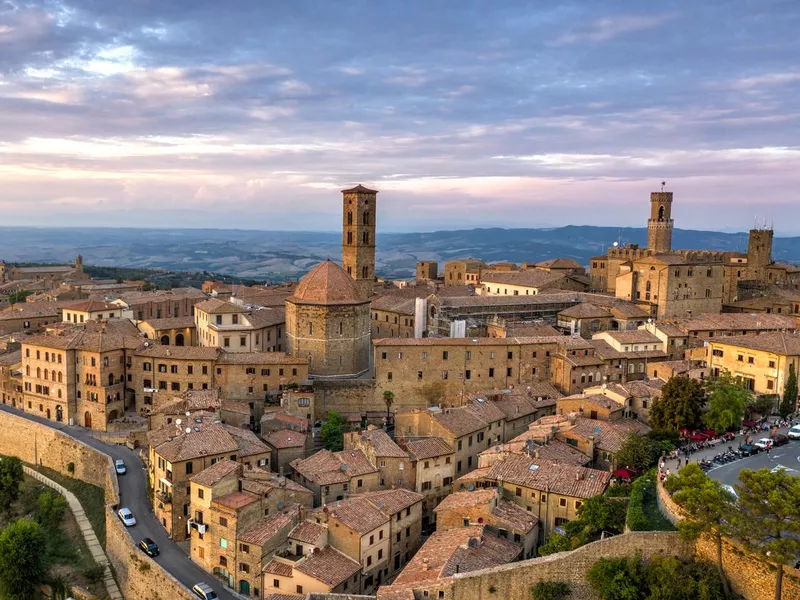
Getty Images
Volterra continues to be one of Tuscany’s best-kept secrets. Because of its mountaintop location, it is not as burdened by overtourism as other destinations in the popular region.
Its walled encasement coupled with the incredible views its position affords it, make it an idyllic place for a peaceful Italian vacation. The most popular attractions include the ruins of the Roman Theatre, Piazza dei Priori and the Volterra Cathedral.
Where to stay: Agrihotel Il Palagetto
28. Syracuse, Italy (Tie)
Inhabited since: 734 B.C.
Located on the island of Sicily, Syracuse played a major role in ancient Greek and Roman history. In fact, at one point, it was as big as Athens, and it served for a brief period as the capital of the Byzantine Empire.
Roman philosopher and statement, Cicero, once described it as the greatest Greek city. Famed mathematician, Archimedes was born here circa the third century B.C.
Syracuse Today

Getty Images
Located in the Ionian Sea, Syracuse has beauty to spare, drawing visitors from all over Europe and beyond.
Besides the sparkling blue Mediterranean, the city boasts vestiges of its ancient history, with Greek and Roman artifacts and architecture still visible around it.
Where to stay: Caportigia Boutique Hotel
28. Palermo, Italy (Tie)

Getty Images
Inhabited since: 734 B.C.
When the Ancient Phoenicians — who appear on this list again and again — sailed around the Mediterranean Sea to trade and conquer new territories, they created a number of Europe’s oldest cities.
They set up homes in Palermo on the island of Sicily in 734 B.C., but cave drawings indicate there was life here even before their arrival, as early as 8000 B.C.
Palermo Today
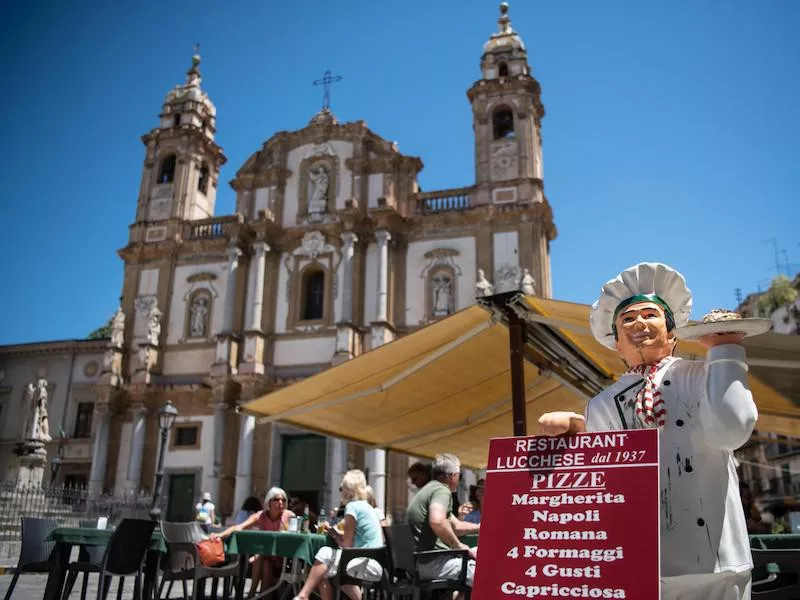
Getty Images
The capital of Sicily — and one of the most conquered cities in the world — is now mostly filled with attractions that date back to medieval times, with Rome’s influence more evident than the Phoenicians’.
You can visit an 11th-century and 12th-century cathedral, as well as a palace from the ninth century, if you venture to Palermo today.
Where to stay: Palazzo Natoli Boutique Hotel
27. Yerevan, Armenia
Inhabited since: 782 B.C.
Founded as Erebuni by King Argishti I, Yerevan was built to be a royal capital. The city enjoyed its privileged position as the center of the Kingdom of Van.
However, Yerevan lost its position after Alexander the Great’s conquest changed regional politics and the Kingdom of Armenia was founded. Other capital cities were founded, taking away from the power of Yerevan.
Yerevan Today
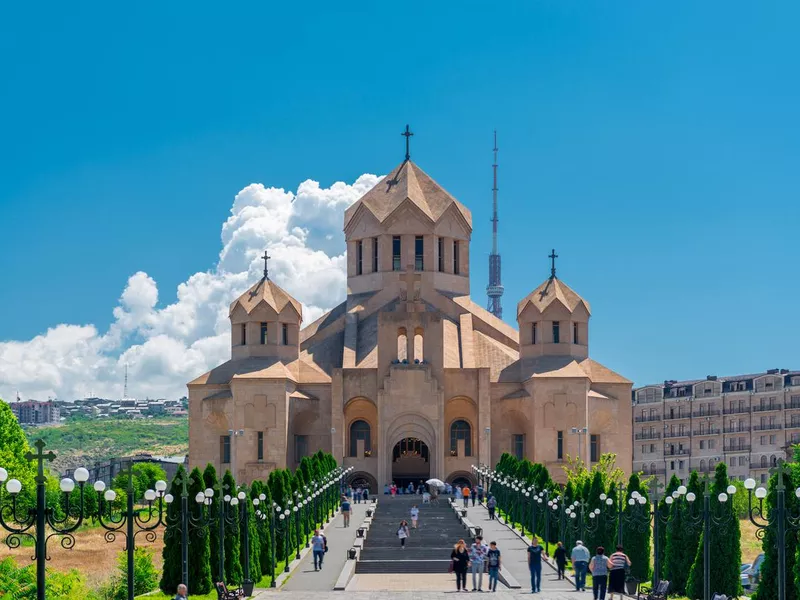
Getty Images
In 1918, Yerevan once again became the capital of Armenia. The city’s new beginnings were marked by tragedy, as refugees from the Ottoman-led Armenian Genocide fled here looking for safety.
Today, the city is Armenia’s economic, political and cultural center as well as one of the most visited places in the country.
Where to stay: Armenia Marriott Hotel Yerevan
20. Derbent, Russia (Tie)
Inhabited since: Circa 800-700 B.C.
Derbent is tied with six other cities on this list in the 20th spot. While it’s one of the newer cities on this list, Derbent is the oldest city in Russia and has been in operation since the beginning of the eighth century. It is also the southernmost city in Russia.
Blessed with a position near both the Caspian Sea and the Caucasus Mountains, it was the center of many political conflicts in the region. Throughout history, it has belonged to several kingdoms, including Persian, Arab, Mongol and Shirvan. In 1813, the Persians handed it to Russia as part of a treaty to end the Russo-Persian War.
Derbent Today
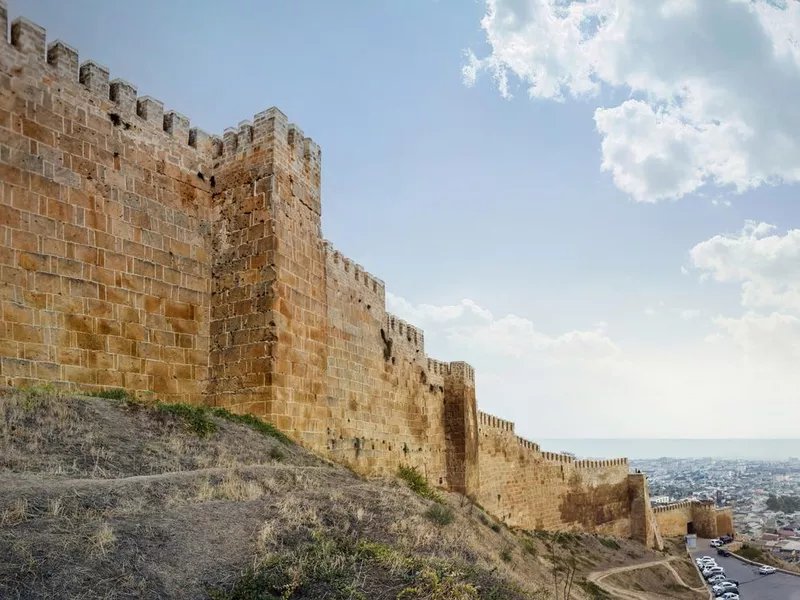
Getty Images
Derbent is still relatively remote, meaning that its tourism industry is not well-developed. Political conflict in the region has not helped in efforts to bring attention to the city.
But if you do make it, you’ll find a wonderfully nontouristy side of Russia. Drink up local brandy, and visit the UNESCO World Heritage Site, the Citadel of Derbent.
Where to stay: Admiral Inn Aparthotel
20. Messina, Italy (Tie)

Getty Images
Inhabited since: Circa 800-700 B.C.
When the Greeks set upon now-mainland Italy to create Reggio Calabria in the eighth century B.C., they also added a stop just across the Strait of Sicily, naming it Zancle for its crescent shape.
Later renamed Messina, it remains the oldest continuously inhabited city on Sicily and is one of its largest ports.
Messina Today
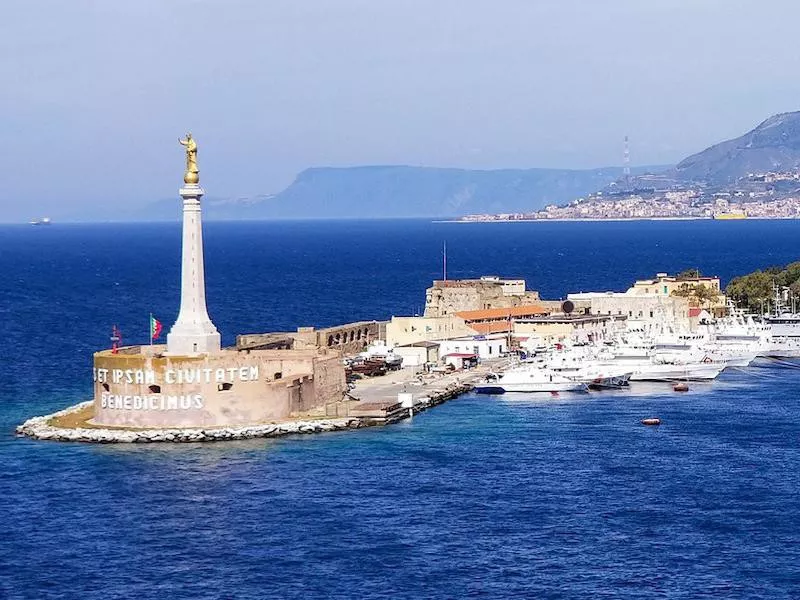
Getty Images
The city’s Greek history has shaped what it is today. Messina maintains a large population of Greeks who still speak their native tongue.
For tourists, this also means it’s easy to find fabulous and authentic Greek restaurants.
Where to stay: Le Stanze di Piazza Cairoli
20. Cagliari, Italy (Tie)
Inhabited since: Circa 800-700 B.C.
The oldest of the Italian cities on our list can be found in Sardinia. Established as Krly by the Phoenicians and later known as Caralis (Roman times) and Callaris (Middle Ages), Cagliari goes as far back as the eighth century B.C.
The port city on the Italian island was crucial to its conquerors, and today remains one of the largest ports in the Mediterranean Sea.
Cagliari Today

Getty Images
Visitors to this colorful waterfront city often arrive by cruise ship and enjoy exploring centuries-old cathedrals and history-rich museums.
Make sure to stop by the Museo Archeologico Nazionale, which was founded in 1800 and features artifacts dating as far back as the Neolithic period.
Where to stay: Hotel Aristeo
20. Mdina, Malta (Tie)
Inhabited since: Circa 800-700 B.C.
The first city outside of Italy to appear on our list is located just south of Sicily on the island-nation of Malta.
The Phoenicians also had a stamp in Mdina, creating the now-fortified city in the eighth century B.C. They originally called the city Maleth, and it was later renamed Melite by the Romans, who built its stone walls.
It got its current name from the Arabic word “medina,” literally meaning “the city.”
Mdina Today
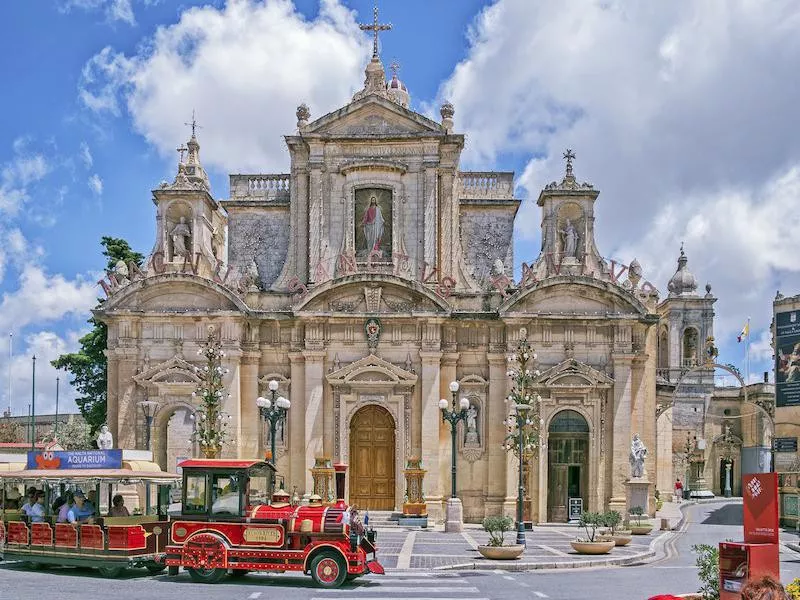
Getty Image
Fewer than 300 people today reside within this city where Malta’s nobility once lived. But history-loving tourists visit the UNESCO World Heritage Site in droves.
In addition to an abundance of historic attractions, you’ll also find a beautiful blue lagoon here for snorkeling.
Where to stay: Malta Marriott Hotel & Spa
20. Malaga, Spain (Tie)
Inhabited since: Circa 800-700 B.C.
Malaga was originally founded as Malaka by the Phoenicians, who needed ports and trading areas along the coast of Spain as well.
The city dates back to the eighth century B.C., and monuments and archaeological remains are at every turn, highlighting the influences of Phoenician — and eventually Roman, Arabic and Christian — conquerors.
Malaga Today
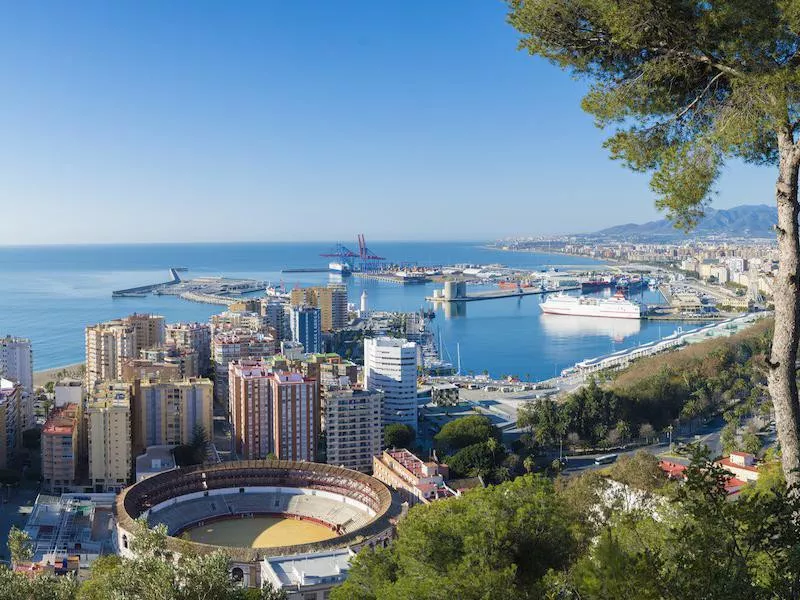
Getty Images
As the birthplace of Pablo Picasso, art-lovers are as drawn to this coastal city as history fans are. The Museo Picasso Malaga provides a comprehensive look at the painter’s body of work, including his forays into cubism and theatrical design.
Want to head outdoors instead? The city’s Costa del Sol beach includes fabulous golf courses and an amusement park.
Where to stay: Only You Hotel Malaga
20. Seville, Spain (Tie)
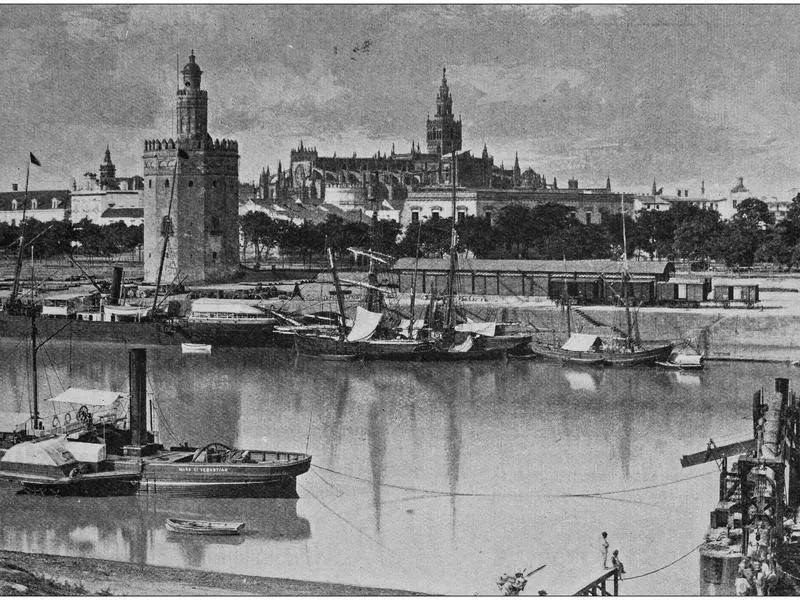
Getty Images
Inhabited since: Circa 800-700 B.C.
What originally began as the Greek portion of the Iberian Peninsula during 1000 B.C. grew to include the city now known as Seville.
The Romans eventually established the city as Hispalis, which then was conquered by the Muslims, who renamed it Ishbiliyya in 712.
Seville Today
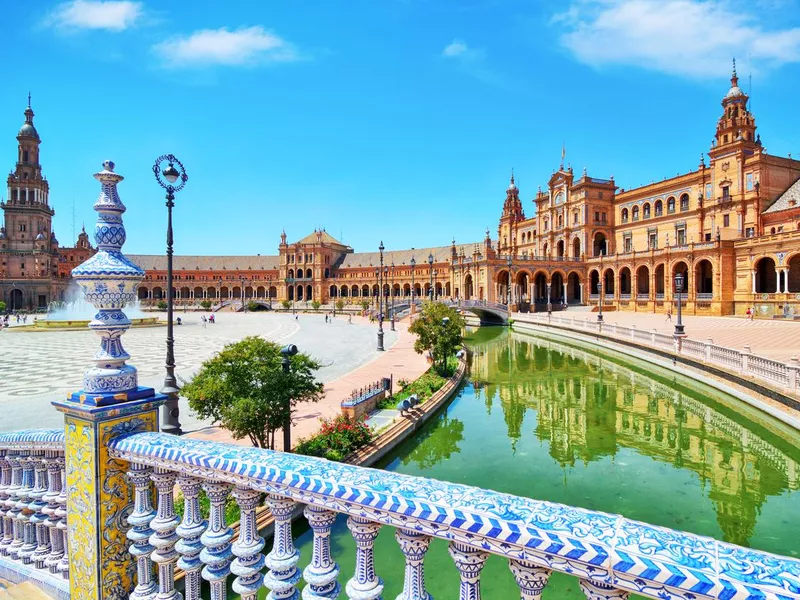
Getty Images
To this day, you can see the Moorish influence on the city, as well as remnants from its Castilian Spanish past.
Considered to be one of the most beautiful cities in Europe, Seville touts an old-meets-new mix of medieval attractions, mosques and churches, set alongside contemporary architecture and museums.
Where to stay: El Rey Moro Hotel Boutique
20. Vani, Georgia (Tie)
Inhabited since: Circa 800-700 B.C.
One of the oldest towns in Europe has probably never crossed your radar: Vani, Georgia.
This interior city today has fewer than 5,000 residents, but in the eighth to seventh centuries, it was a center of power under the Colchis (another ancient Greek group!).
Vani Today
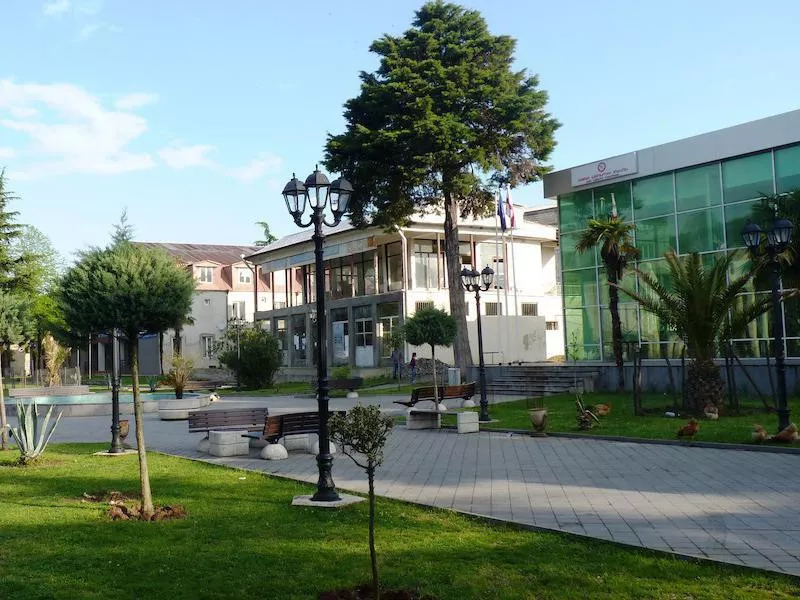
Getty Images
There isn’t a lot to see and do in Vani in modern times, though it does have a nice archaeological museum detailing its history between the eighth and first centuries B.C.
Where to stay: Tskaltubo Plaza
19. Mytilene, Greece
Inhabited since: 1000-900 B.C.
Not surprisingly, Greece makes many appearances on this list, and that includes the port city of Mytilene (or Mytilini), which was founded in the 10th century B.C.
It was originally separated from the island of Lesbos by a channel, but Roman conquerors eventually connected the two with bridges.
Mytilene Today
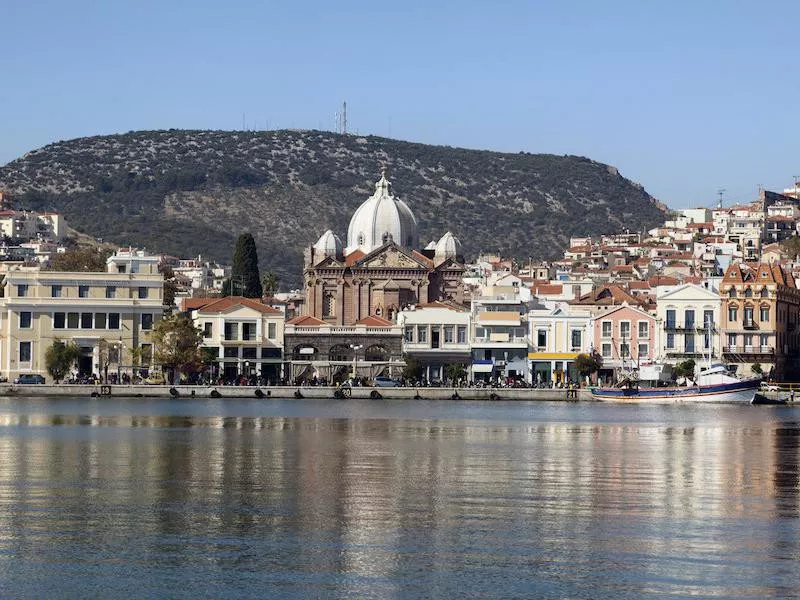
Getty Images
As with any waterfront town on a Greek island, Mytilene is dotted with waterfront restaurants and sites, including the Castle of Mytilene, constructed in the sixth century.
Mingle with locals at Sappho Square, featuring a statue of its namesake, the ancient Greek lyricist Sappho.
Where to stay: Lesvion Hotel
16. Rome, Italy (Tie)
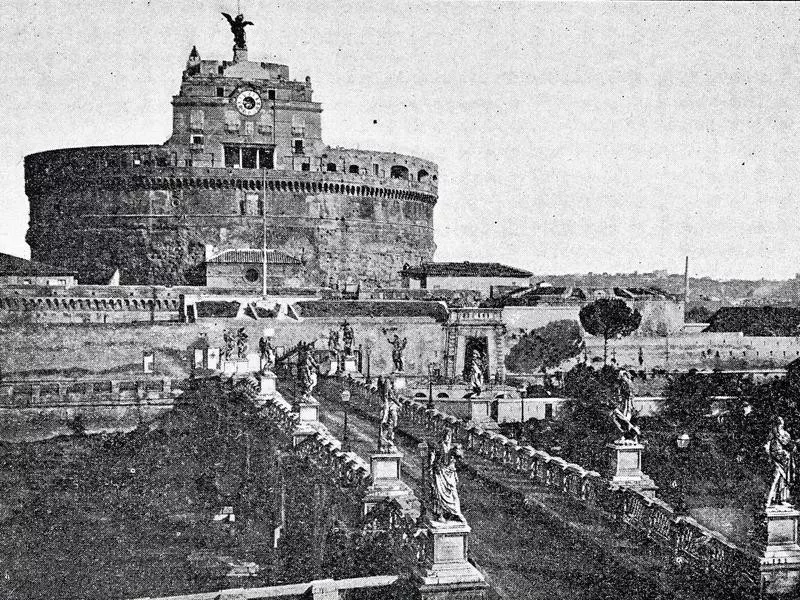
Getty Images
Inhabited since: 1000 B.C.
We bet you already guessed that the ancient city of Rome would be on the list of Europe’s oldest cities.
Ever since 1000 B.C., the historic Roman center of Palatine Hill has been home to residents, and the founding of the city is told through one of the world’s most famous myths (that of twins Romulus and Remus, who were raised by a she-wolf).
Rome Today

Getty Images
Rome’s history is on full display almost everywhere you turn.
The Roman Forum and Colosseum — two of the city’s largest, best-preserved and most historic ruins — are particularly alluring.
Where to stay: Rome Cavalieri, A Waldorf Astoria Hotel
16. Mtskheta, Georgia (Tie)
Inhabited since: 1000 B.C.
Nestled along the Black Sea, another of Europe’s oldest cities can be found in Eastern Europe’s Georgia.
The capital of the country’s kingdom of Iberia from third century B.C. to fifth century A.D., Mtskheta was the site of Georgia’s Christian movement and was declared a “holy city” by the Georgian Orthodox Church in 2014.
Mtskheta Today
The city is filled with UNESCO-honored religious monuments and sites, including the 11th-century Eastern Orthodox Svetitskhoveli Cathedral (pictured here) and the sixth-century mountaintop monastery Jvari.
Where to stay: Stamba Hotel
16. Zadar, Croatia (Tie)
Inhabited since: 1000 B.C.
The oldest continuously inhabited city in Croatia, Zadar is a coastal town founded by an ancient tribe in 1000 B.C. and settled by the Corinthians in 750 B.C.
At one point, the city served as Dalmatia’s Byzantine capital. Later, Venice and Hungary battled over it for centuries, heavily influencing its culture.
Zadar Today
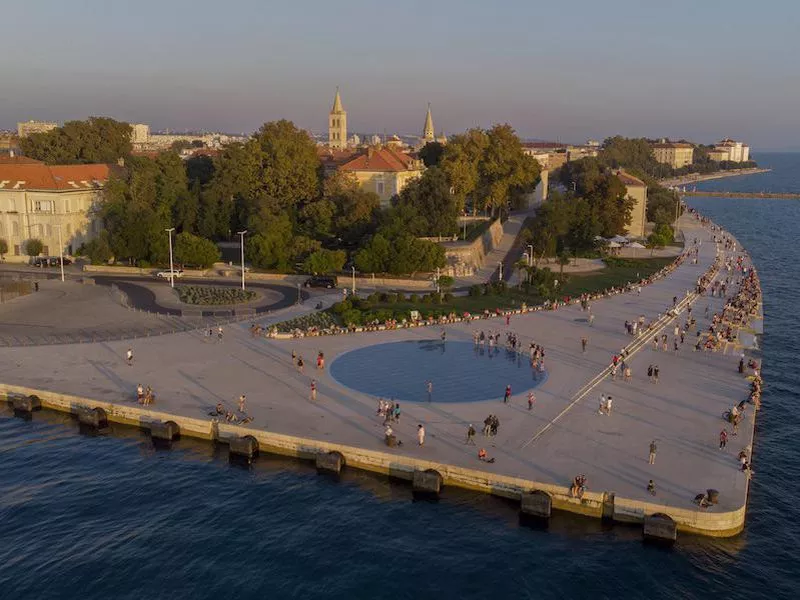
Getty Images
Today, the city is a World Heritage Site of UNESCO.
In addition to luring visitors to explore its history, the city has benefited from renewed interest in Croatia’s seaside towns thanks to the popularity of “Game of Thrones,” which was partially filmed in the country.
Where to stay: Falkensteiner Residences Senia
15. Nicosia, Cyprus
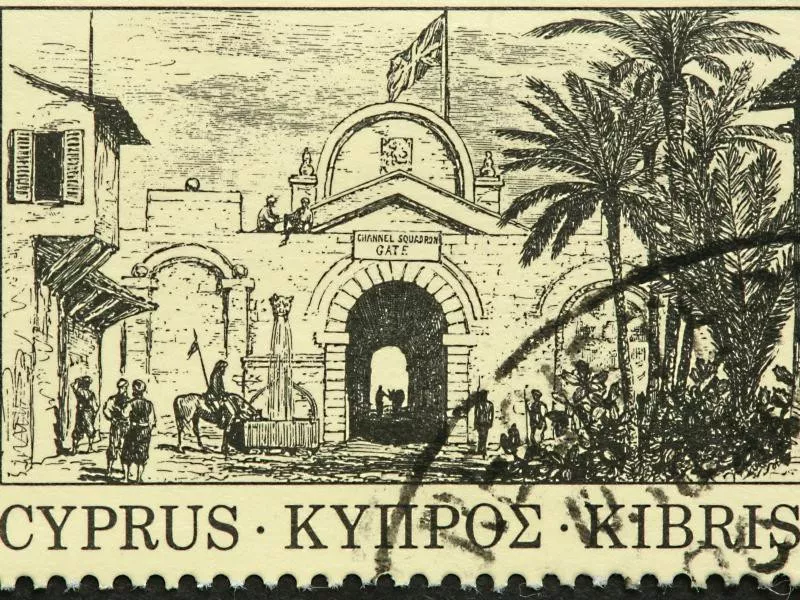
Inhabited since: 1050 B.C.
Nicosia, located on the idyllic island of Cyprus, was founded by the Greeks as Ledra in 1050 B.C., but there is archaeological evidence of people living there since 2500 B.C.
As Ledra, the city was ruled by kings before it nearly became a ghost town and was renamed.
Nicosia Today

Getty Images
The city is now the largest on the island and serves as its capital. While you can (and should) visit historic mosques and museums when you visit, Nicosia is best known for its shopping.
Either way, it shouldn’t be missed.
Where to stay: Hypnos Boutique Hotel
13. Chios, Greece (Tie)
Inhabited since: 1100 B.C.
The island city of Chios is closer to Turkey than it is to mainland Greece, which explains why its past — which dates back to 1100 B.C. — includes both Greek and Turkish conquests and battles.
Locally, the city is referred to as “Chora” (which simply means “town”) to distinguish it from the island of the same name that it’s situated on.
Chios Today
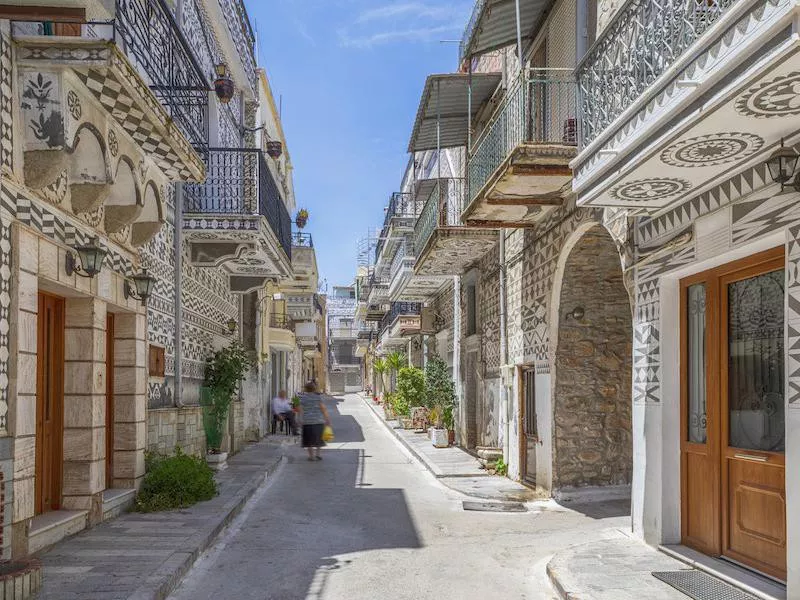
Getty Images
The city suffered a massive earthquake in 1881 that destroyed many of its older buildings. Fortunately, the medieval Castle of Chios survived.
Explore it today when not enjoying the area’s beautiful beaches.
Where to stay: Grecian Castle Hotel
13. Patras, Greece (Tie)
Inhabited since: 1100 B.C.
Patras, the third-largest city in Greece, also serves as the regional western capital of the country. Dating back to 1100, it was integral during the Roman era, serving as a Gateway to the West.
Patras Today
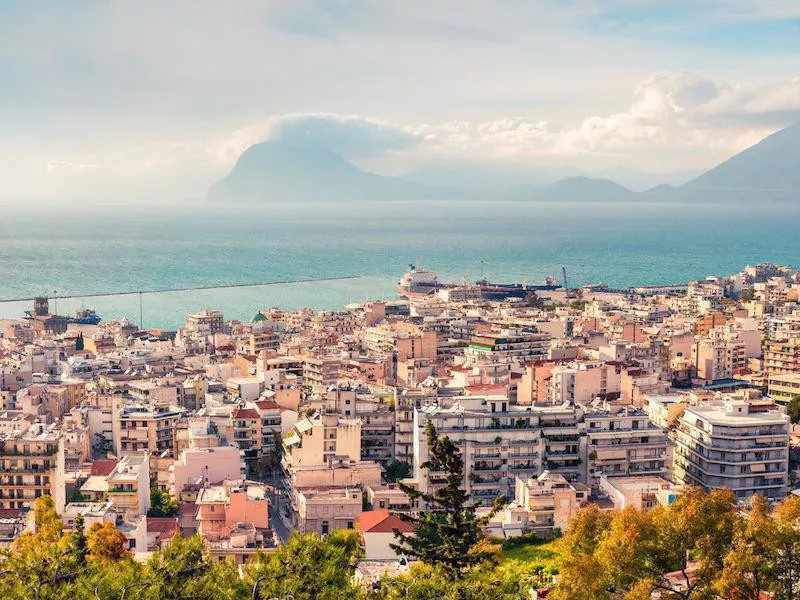
Getty Images
Visitors can take part in one of the largest carnivals in Europe by visiting in February for Patras Carnival.
Dating back 180 years, the colorful event features locals who dress up in themed disguises, as well as a parade and treasure hunt.
Where to stay: Moxy Patra Marina
12. Cadiz, Spain
Inhabited since: 1104 B.C.
Originally founded during the Phoenician era as Gadir or Agadir, Cadiz traces back to 1104 B.C., when it began serving as a port for ships along the southern tip of Spain.
Throughout its history, Cadiz has served as an important port, which it still remains today.
Cadiz Today
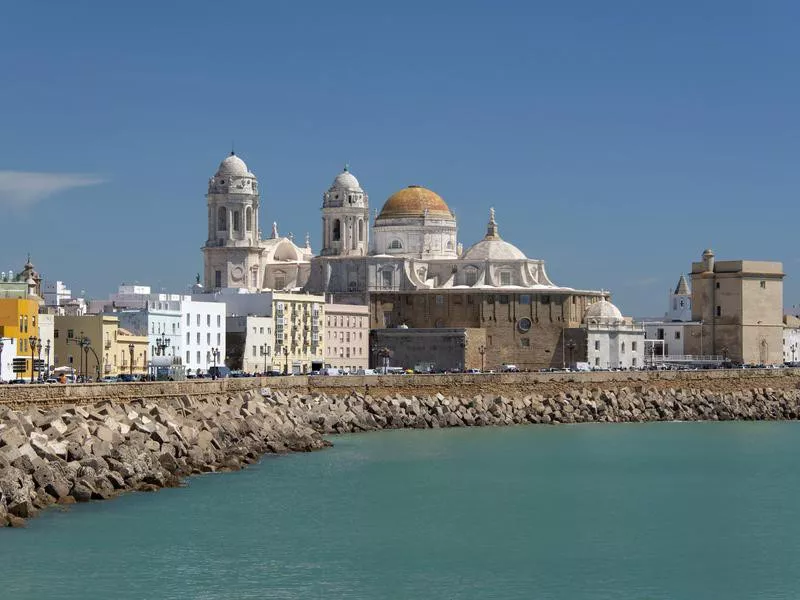
Getty Images
Old Town features remnants of a defensive wall at the circa-1600s San Sebastian Castle. Visitors can also see a baroque cathedral and a lookout tower from the 1700s.
Where to stay: Hotel Boutique Convento Cádiz
11. Lisbon, Portugal
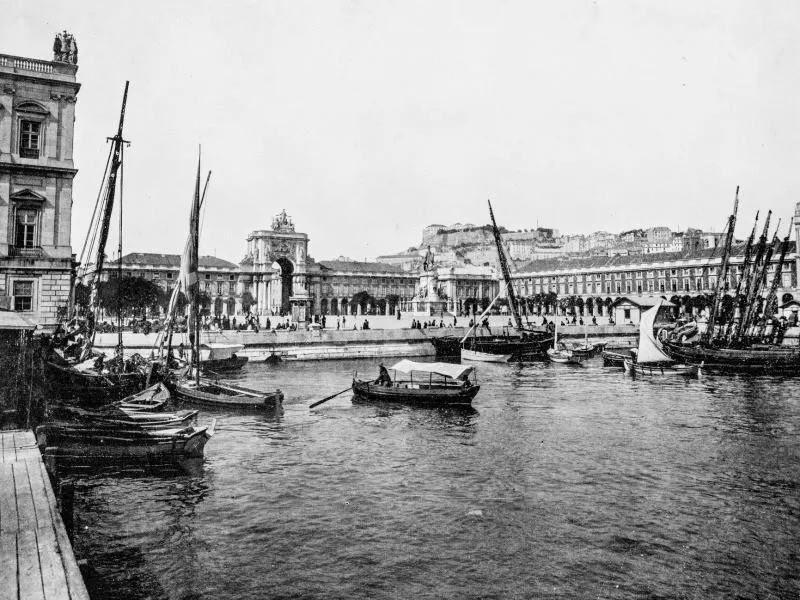
Getty Images
Inhabited since: 1200 B.C.
The oldest Western European city is Europe’s second-oldest capital city: Lisbon, which dates back to 1200 B.C.
The current castle ruins of Portugal’s capital may only date back to the second century B.C., but archaeological findings have found Phoenician artifacts that point to the port city as a stopping ground for ships trading with the natives of the Iberian Peninsula.
Lisbon Today

Getty Images
Today, this city of more than 500,000 people is one of the most popular destinations in the world, luring travelers who want to escape the crowds of more-visited places like Paris and Barcelona.
Attractions that highlight the past include Castelo de S. Jorge, constructed by the Moors in the mid-11th century.
Where to stay: Tivoli Avenida Liberdade Lisboa
9. Chalcis, Greece (Tie)
Inhabited since: Before 1200 B.C.
Occupied by residents since 1200 B.C. and known as Negroponte during the Middle Ages, Chalcis is the main village of the Greek island of Euboea.
The city’s Greco-Jewish past makes it one of the oldest continuous Jewish communities in Europe. Also of note from its past: Ships set off from Chalcis during the Trojan War.
Chalcis Today
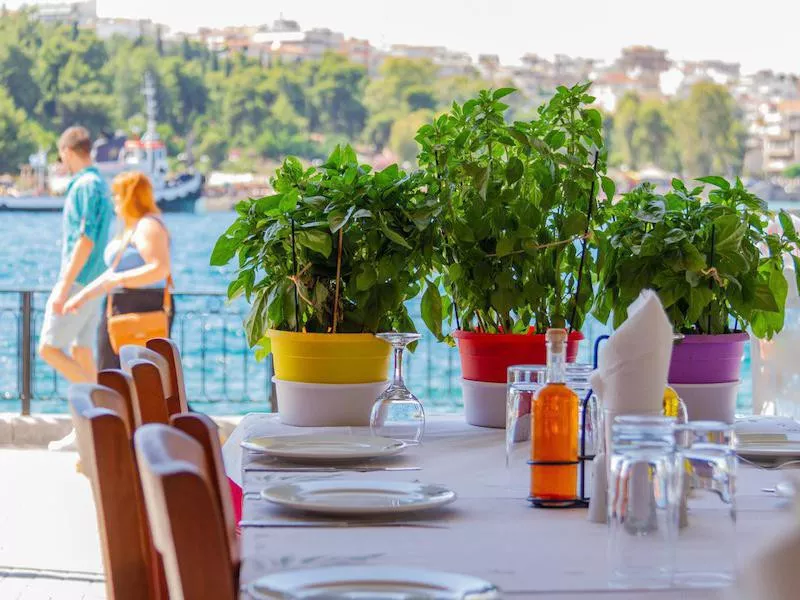
Getty Images
Chalcis’ beaches are popular for island-hopping tourists, who in between sunbathing can trace some of the city’s history at the Archaeological Museum.
Where to stay: Negroponte Resort Eretria
9. Trikala, Greece (Tie)
Inhabited since: Before 1200 B.C.
Originally founded as Trikke, Greece’s Trikala was built along the Lithaios River in northern Greece before 1200 B.C. Although the city got its start more “recently,” a nearby cave found remnants of men dating back to 49,000 B.C.
Trikala Today
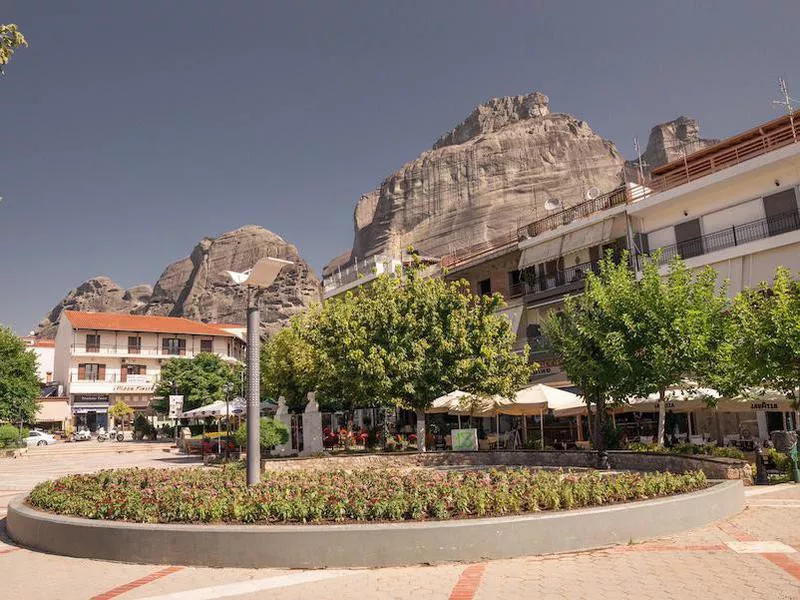
Getty Images
Attractions include a 16th-century Ottoman mosque, a sixth-century Byzantine castle and a less-historic but charmingly quirky Christmas-themed amusement park, the Mill of the Elves.
Where to stay: Dellas Boutique Hotel
8. Nafplio, Greece
Inhabited since: 1400-1300 B.C.
It is unknown when exactly people started settling in Naflplio, but historical documents mention the city as early as the 14th century, referring to it as Nuplija.
Located in the Peloponnese, Nafplio has been an important trading post throughout its history, being under the rule of the Republic of Venice before falling to the Ottomans.
When Greece established independence from the Ottoman Empire in the 19th century, Nafplio was chosen as the capital.
Nafplio Today
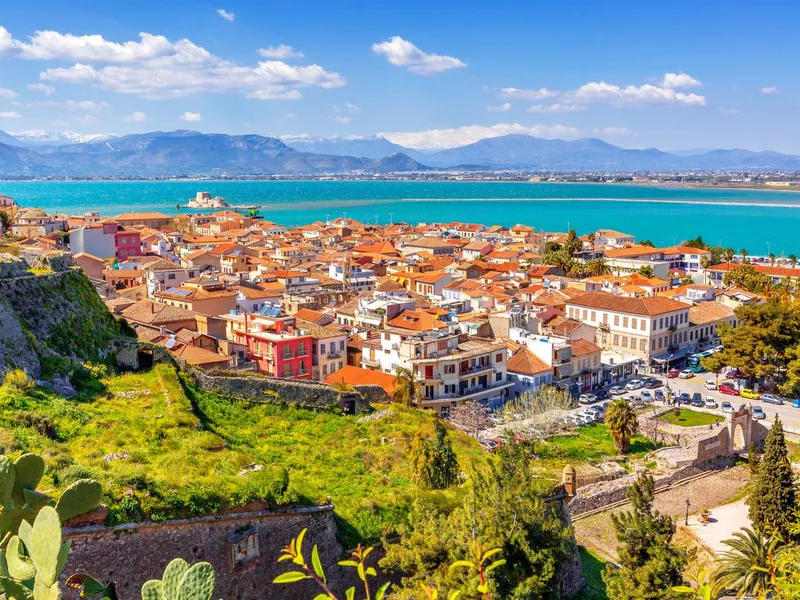
Getty Images
Though Greece’s islands usually take the spotlight, Nafplio is a very popular destination on the mainland, particularly for Greek nationals seeking to escape the party crowds on the islands.
Famous landmarks include Palamidi Castle and the scenic Nauplion Promenade as well as several beaches.
Where to stay: Marianna
7. Larnaca, Cyprus

Getty Images
Inhabited since: 1400 B.C.
The island of Cyprus, located between Greece and Turkey, was such a central location between the Middle East and Europe that nations have fought over the land for centuries. Even Alexander the Great seized it during the early 300s B.C.
Dating back to 1400 B.C. as a colony of Greece, Citium was a port village on the southern coast of the island. Built over its ruins is the current city of Larnaca, which remains an important commercial port.
Larnaca Today
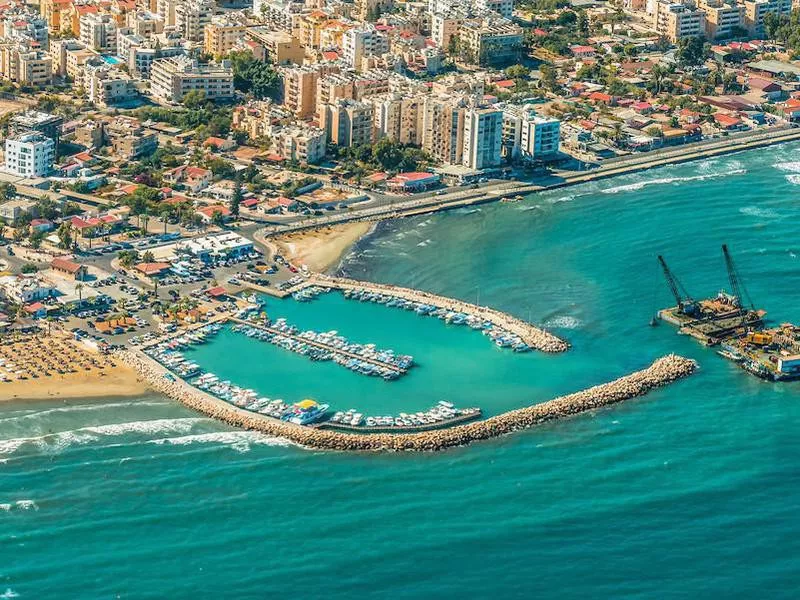
Getty Images
Not only does Larnaca feature a palm-lined promenade along Finikoudes Beach, but it borders a gorgeous salt lake. The island’s great-in-any-season weather ensures there’s no bad time to visit.
Where to stay: Island Boutique Hotel
6. Reggio Calabria, Italy
Inhabited since: 1500 B.C.
The Ancient Greeks also spent a lot of time along the coastline of Italy, and one of their stops was Reggio Calabria on the southern end of the Italian peninsula, just opposite of the island of Sicily.
Although there are records of the Greeks here in 720 B.C., evidence of residents in the area dates back to 1500 B.C. You can find proof of this early life, and learn about the influence of the Greeks, at the city’s archaeological museum, Museo Nazionale della Magna Grecia.
Reggio Calabria Today
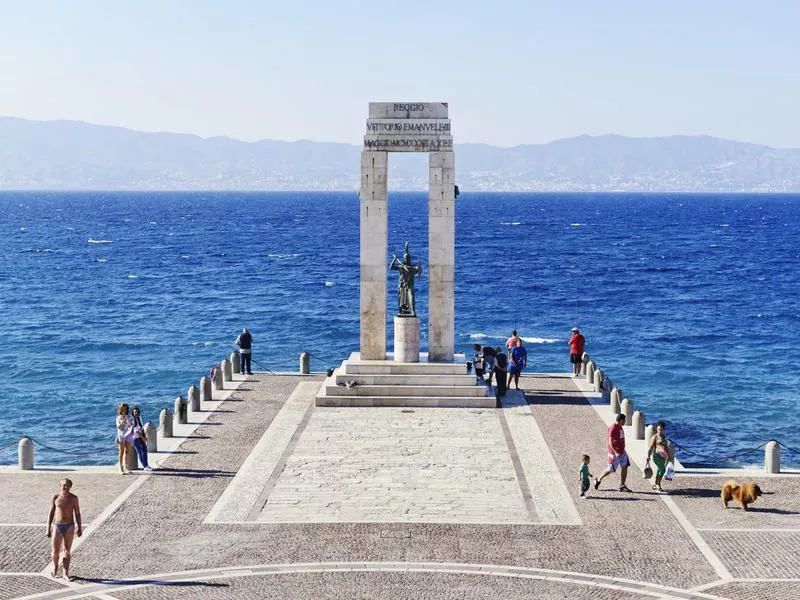
Getty Images
More “current” history is on display in the Aragonese Castle, which was constructed in the fifth century B.C. and remained important during the Middle Ages and the Renaissance.
The castle is a must-see for visitors arriving by cruise ship, along with the waterfront monument dedicated to Vittorio Emanuele III, the king of Italy from 1900 to 1946.
Where to stay: Hotel Medinblu
5. Thebes, Greece
Inhabited since: 1600-1250 B.C.
Greece continues its dominance on the oldest-cities list with the Mycenaean city of Thebes, which dates back to around 1250 B.C.
The ancient remains here are so vast and varied — spanning the Bronze Age, Byzantine and Ottoman eras — that they rival those found in Athens.
Thebes Today
Come face to face with history by visiting the exemplary Archaeological Museum or by exploring the ruins of Cadmea, the city’s ancient citadel.
Where to stay: Hotel Meletiou
4. Chania, Greece
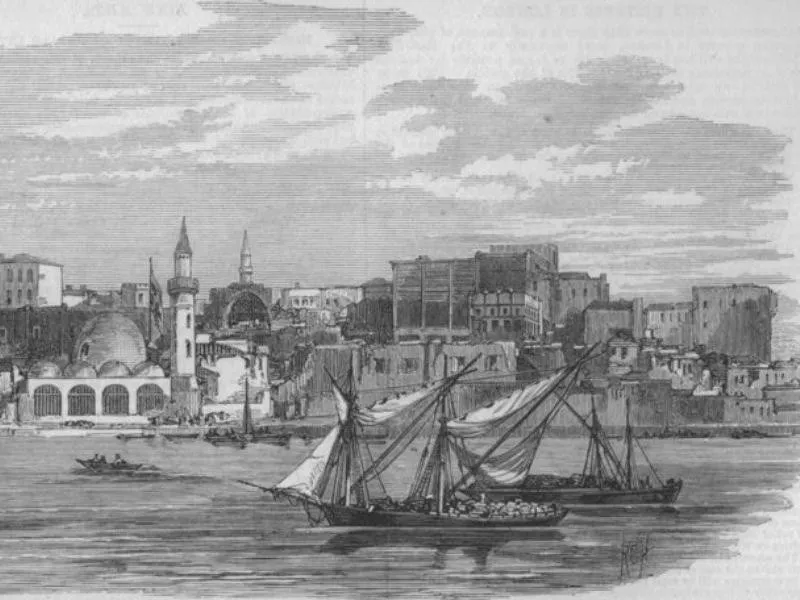
Illustrated London News by Antiqua Print Gallery / Amazon
Inhabited since: 1700-1500 B.C.
Located on the western side of the island of Crete, Chania was settled around the second millennium B.C. as Kydonia, and touts a history that encompasses the Byzantine and Ottoman empires.
Chania Today
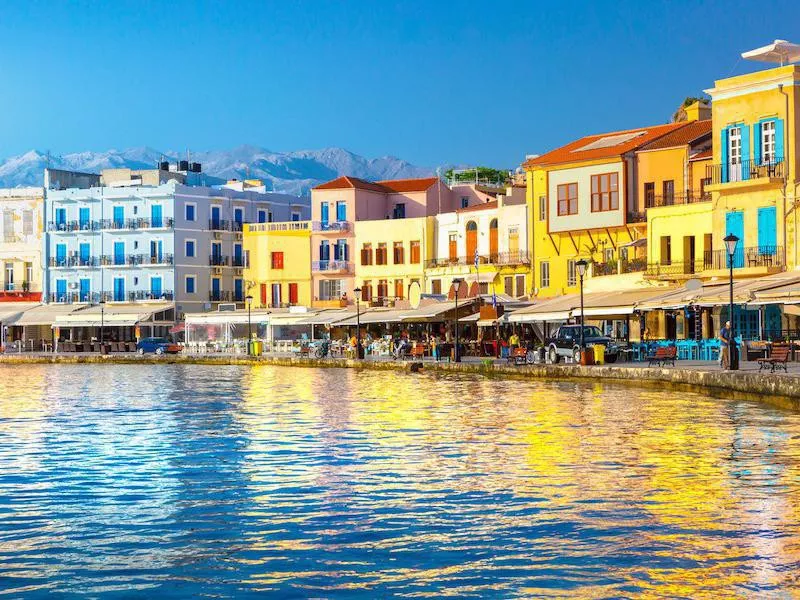
Getty Images
These days, Chania is divided into its old and new sections. Visitors looking for a taste of the past can see remnants of the old city wall and stroll through historic, winding, alley-like streets near the seaport.
Where to stay: Domes Noruz Chania, Autograph Collection
3. Athens, Greece
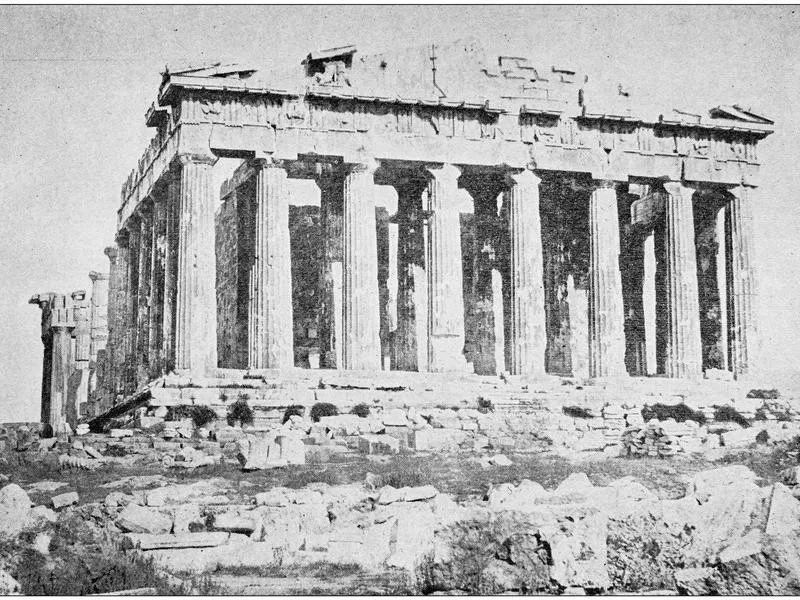
Getty Images
Inhabited since: 4000-5000 B.C.
Considering how often Greece appears on this list, it should come as no surprise that one of the oldest cities in Europe is the country’s capital.
Mycenaean Greece’s ancient cultural and economic powerhouse has a history that captivates. This past is evident in its excellent collection of ruins, including the Acropolis of Athens, constructed in fourth century B.C. (The Acropolis was the heart of Athens and means “the highest point in the city.”)
The city is much older than these remains reveal, however, with evidence of man dating back to 11th and seventh millennia B.C.
Athens Today
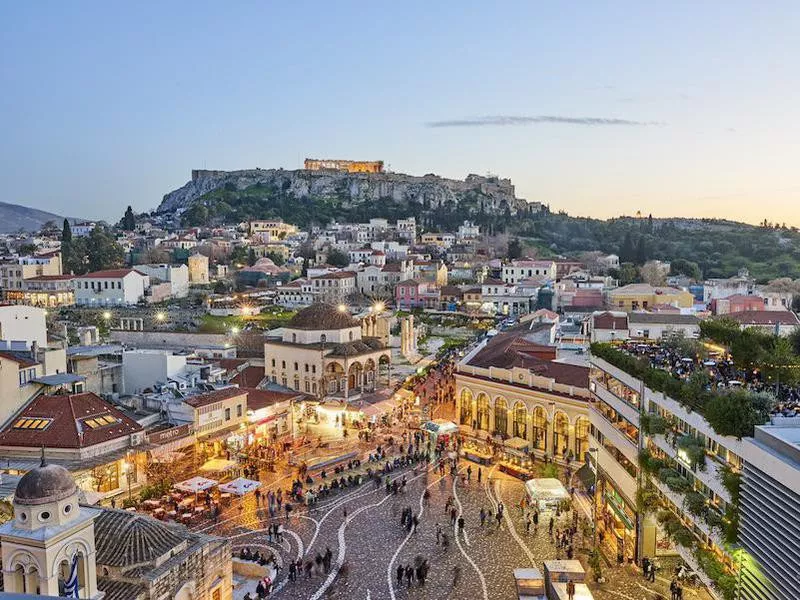
Getty Images
Today, of course, most visit Athens to see the Acropolis Museum and Parthenon. These are well worth seeking out, but also make time to visit the Plaka, which is filled with intimate restaurants and shops near the hillside attractions.
Where to stay: King George, a Luxury Collection Hotel, Athens
2. Argos, Greece
Inhabited since: 5000 B.C.
Greece’s oldest city is the Mycenaean city of Argos, which has gone down in history for its battles with its rival Sparta during the Peloponnese Wars.
Artifacts found in the area peg the city’s beginnings to more than 7,000 years ago.
Argos Today
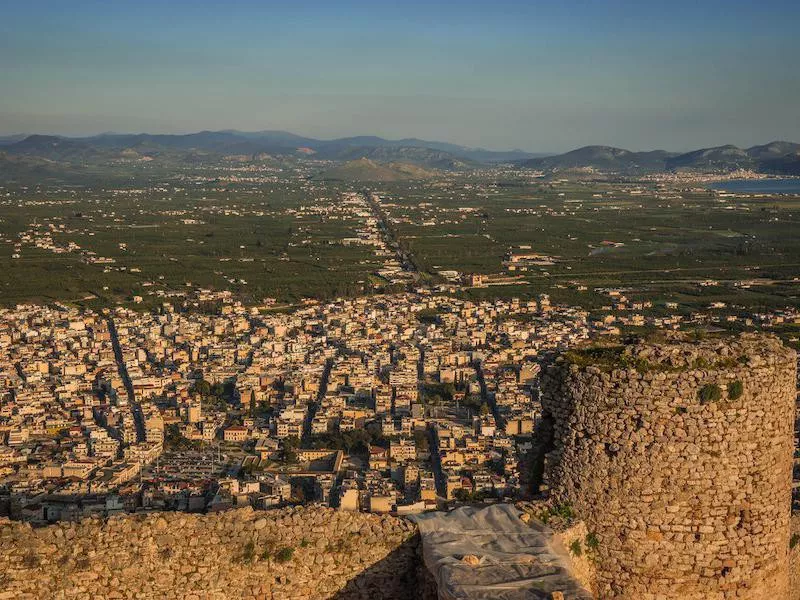
Getty Images
The main attraction for visitors is the Bourtzi Castle, built during the Renaissance, but there are also remnants of ancient Greek pyramids and modern-day vineyards to explore.
Where to stay: Palladion Boutique Hotel
1. Plovdiv, Bulgaria
Inhabited since: 7000 B.C.
The oldest city in Europe has been continuously inhabited since around the sixth millennium B.C. and is also one of the oldest in the world.
Originally a Thracian settlement, the city was conquered in the fourth century B.C. by Philip II of Macedon — the father of Alexander the Great.
The city was, for a time, called Philippopolis in his honor.
Plovdiv Today
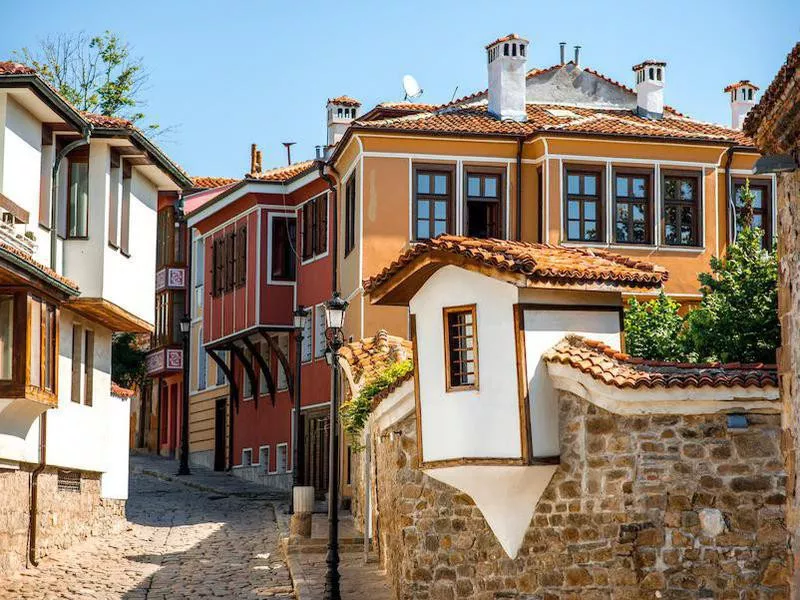
Getty Images
Located in southern Bulgaria, the city now known as Plovdiv is today the country’s second-largest, housing 350,000 residents.
Visitors can explore Old Town, as well as an ancient Roman amphitheater and theater.
Where to stay: Gallery 37, BW Premier Collection